
- ARTICLE
- LIFE AT WAYBEYOND
Fruit Logistica 2024 roundup
Fruit Logistica 2024 in Berlin wrapped last week, bringing to a close its biggest edition yet with...
22.02.2024 | 5 min read
Plant heat stress is a significant concern for berry growers, as it can have both positive and negative effects on plant growth and productivity. While some degree of stress is necessary to achieve desirable crop outcomes, excessive heat has detrimental effects.
Protected cropping growers often subject plants to controlled levels of stress to manipulate their growth and improve fruit quality (also known as crop steering). Moderate heat stress during the flowering stage can stimulate earlier flowering and fruiting (generative response), resulting in an extended harvest season and an increase in overall yield. Additionally, moderate plant heat stress can enhance the accumulation of certain compounds responsible for flavor and aroma, and increase the levels of antioxidants such as anthocyanins, which contribute to the vibrant color and health benefits of blueberries.
However, excessive heat stress can have adverse effects, compromising growth, development, and overall productivity. One of the most immediate impacts of heat stress is a reduction in photosynthesis, as high temperatures can disrupt the functioning of chlorophyll and other photosynthetic pigments. This can lead to stunted growth, and poor fruit development.
Additionally, heat stress can disrupt hormonal balance within the plant, increasing the risk of physiological disorders such as sunscald and fruit cracking. Sunscald can cause bleached spots on the surface of blueberries exposed to direct sunlight, while fruit cracking occurs when rapid temperature fluctuations cause the fruit to expand too quickly, leading to cracks and deformities.
Guillermo DiGiuseppe is the agronomist and crop manager at a berry farm, primarily cultivating blueberries, raspberries and strawberries. He observed that high summer temperatures were negatively affecting the production in his greenhouses. He investigated.
Plants experiencing high ambient temperatures close their stomata to conserve water. But by doing so, sacrifice the ability to cool themselves through transpiration or through water evaporation. As a result, extreme temperatures in the greenhouse cause plants to increase in temperature. The plant’s attempt to save water actually increases its temperature further, this in turn slows growth, fruit production and causes damage to the plant.
Using an infrared thermometer to measure leaf temperatures, he discovered they were reaching as high as 35°C. The leaves were surprisingly 7°C hotter than the ambient air temperature in the greenhouse. An actively transpiring leaf is typically 5 to 7 degrees lower than ambient temperature in a greenhouse. When the plant temperature is higher, the plants are experiencing temperature stress or heat stress.
Guillermo wanted to do something about it, but he had no idea how much of the crop was experiencing excessive stress, or which areas were affected.
To assess the extent of the plant heat stress problem, Guillermo installed WayBeyond’s digital agronomy solution, FarmRoad. The wireless FarmRoad sensor network was deployed in his greenhouse, including climate and plant temperature sensors, to automatically capture agronomy data. This eliminated the need to visit the greenhouse to take manual air temperature and plant temperature readings. It also allowed him to visualize real-time plant and environment readings from multiple locations directly into the FarmRoad crop management software. Graphs and heat maps revealed the areas where plants were experiencing the most stress.
Armed with agronomy insights, Guillermo was able to consider the timing of certain practices on his farm, like venting and whitewashing. The whitewashing was yet to be applied. The farm practice was to schedule it at a specific time in the season - which was weeks away. He determined that scheduled whitewash application needed to be brought forward. Without whitewash protection the crops were experiencing temperature stress in many areas of the greenhouse.
Guillermo used the digital agronomy data collected by the FarmRoad sensor network to show that production was indeed impacted by their current lack of whitewash. He put together a compelling business case for whitewashing sooner based on temperature and light readings. As a result the farm adjusted its whitewashing schedule to resolve the production issue.
With new whitewashing applied, Guillermo found that plant stress was successfully reduced in his greenhouses. Temperatures remained below 30°C even throughout the hottest summer periods. Production increased by 20-30% and overall fruit size improved.
The air and plant temperature data along with the light readings validated the investment that the farm had made in whitewashing earlier. Over time this data was also used to track the degradation of whitewash due to weather to determine when it should be removed in preparation for the darker, cooler winter months
This example highlights the importance of careful crop management and real-time monitoring of plant and environmental conditions. By understanding the effects of heat stress on plants, growers can optimize growing conditions and maximize yields while ensuring the production of high quality fruits.
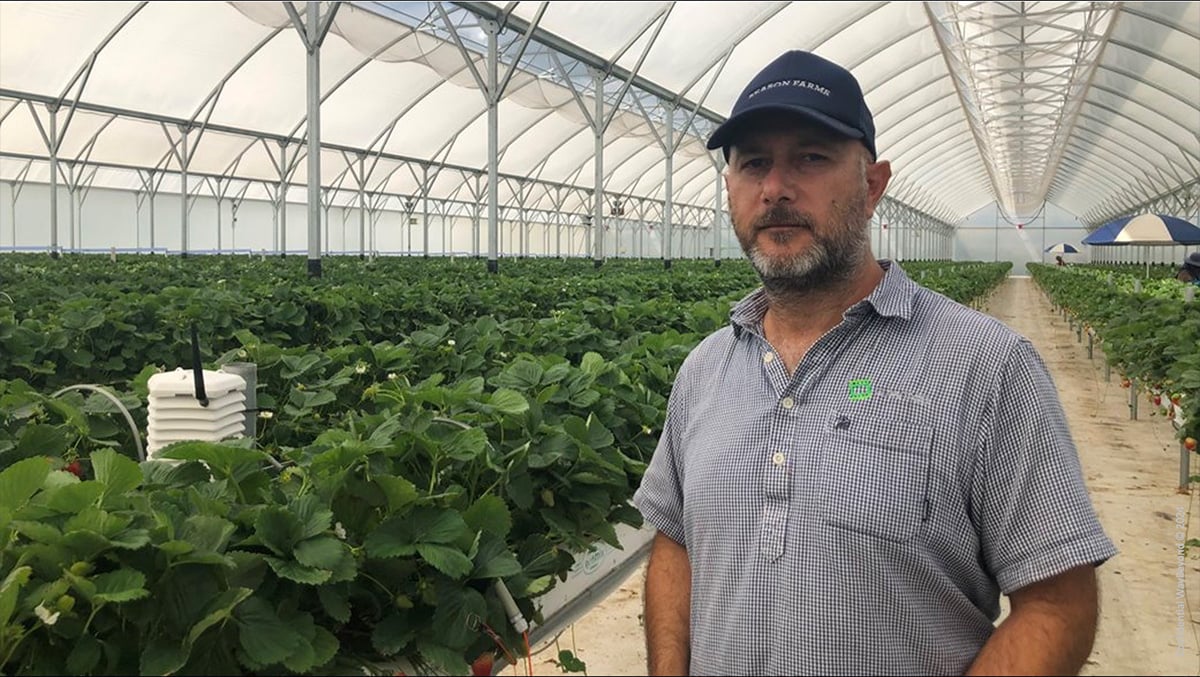 Agronomist and crop manager Guillermo sought out FarmRoad's digital agronomy capabilities to solve his heat stress issues.
Agronomist and crop manager Guillermo sought out FarmRoad's digital agronomy capabilities to solve his heat stress issues.

Fruit Logistica 2024 in Berlin wrapped last week, bringing to a close its biggest edition yet with...
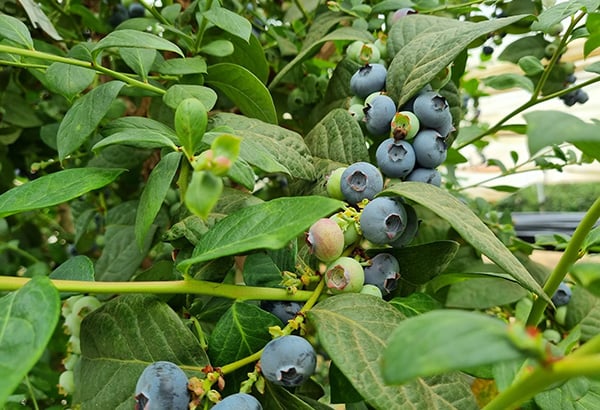
Heat stress is a significant concern for berry growers as it has both positive & negative effects...
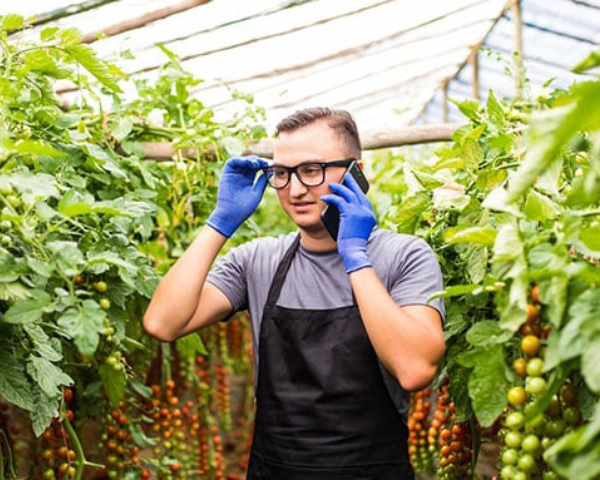
Real-time alerts play a vital role in empowering growers to make better crop management decisions.

Read our team's report on the 2023 Morocco Berry Conference, held in Agadir.
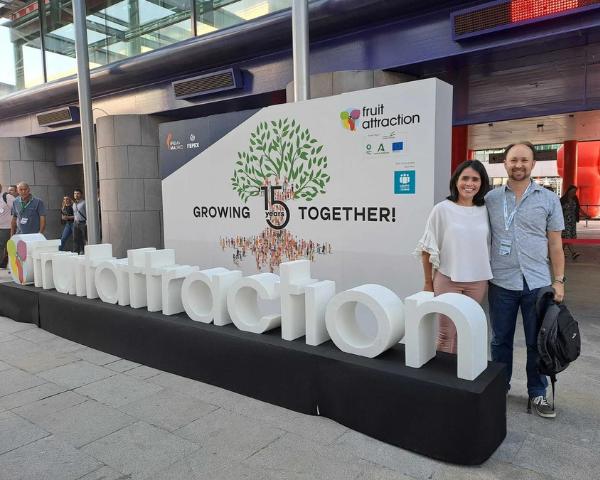
WayBeyond's team share first impressions, general observations and key takeaways from Fruit...
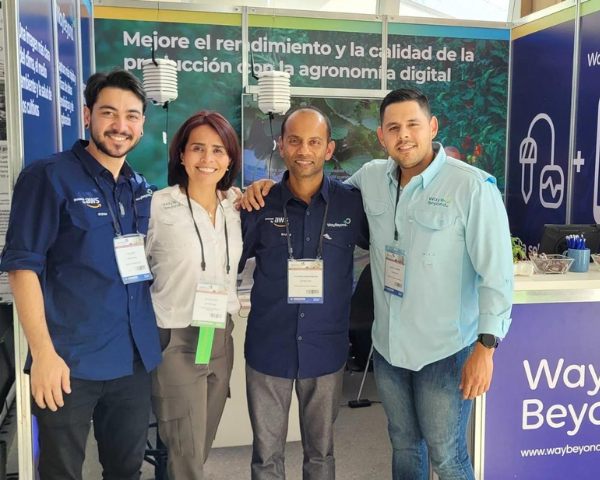
Insights and reflections from the WayBeyond team at GreenTech Americas 2023, held in Querétaro,...
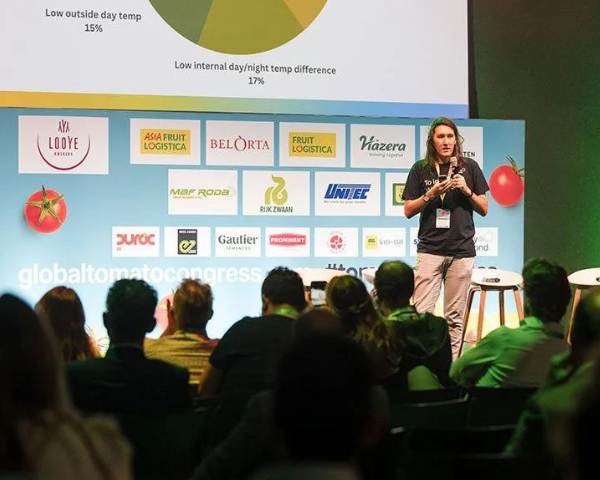
WayBeyond's study unveils factors behind yield swings and proposes an alternative to improve yield...
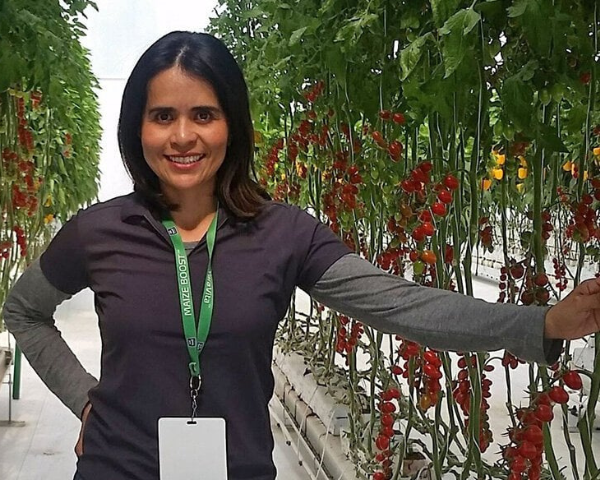
With protected agriculture on the rise, Mexico is ripe for the next wave of tech innovation.
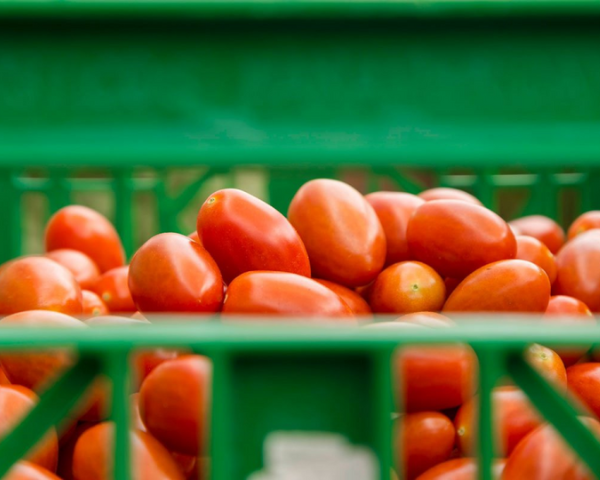
In this crop steering guide, you'll learn how to adjust environmental factors for ideal plant...
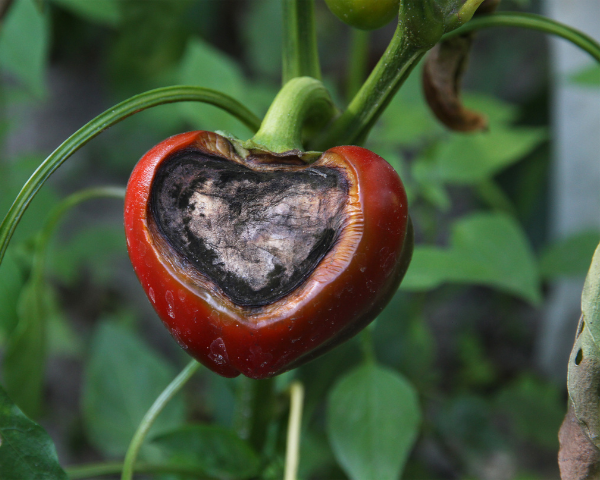
Digital agronomy insights helps tackle crop loss, production variations, and declining yield by...
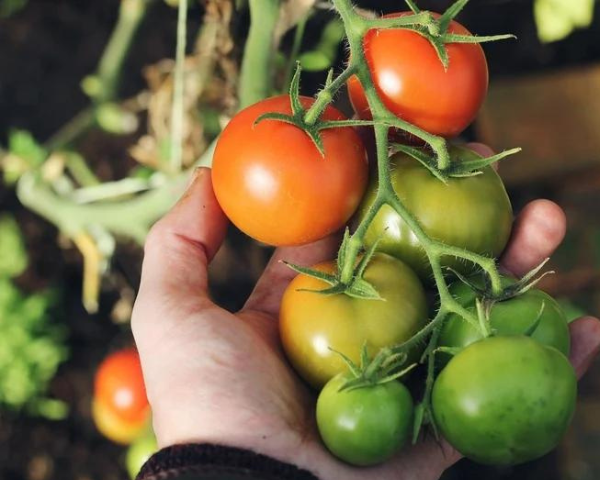
Discover strategies for maximizing crop yields by balancing generative/vegetative growth.
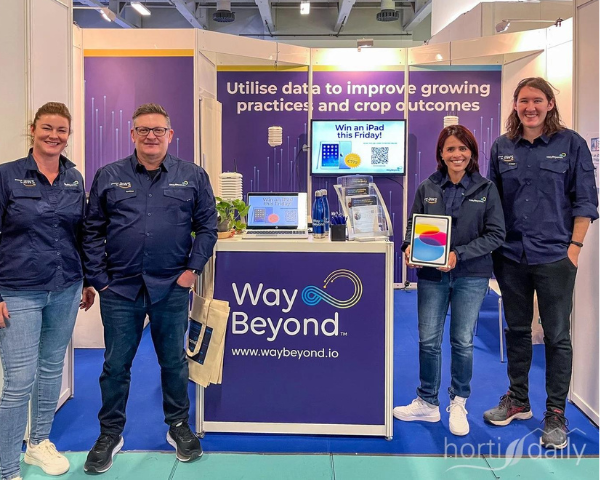
Read the round up of Berlin Fruit Logistica 2023 from the WayBeyond team on the ground.

Learn the challenges and potential of AI and machine learning in agriculture for sustainable crop...
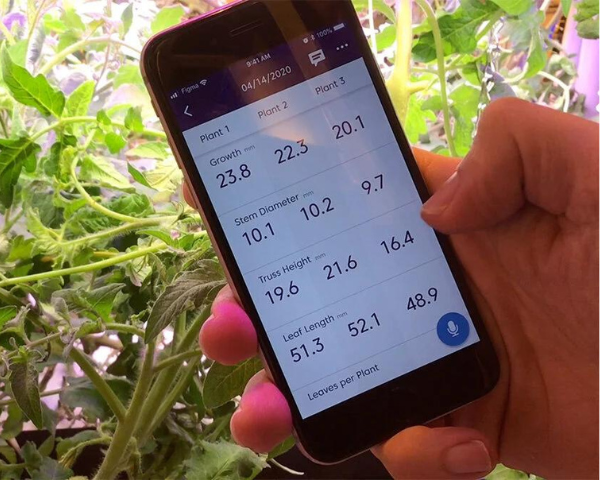
Why do growers use crop registration and how does it benefit crop management practices?
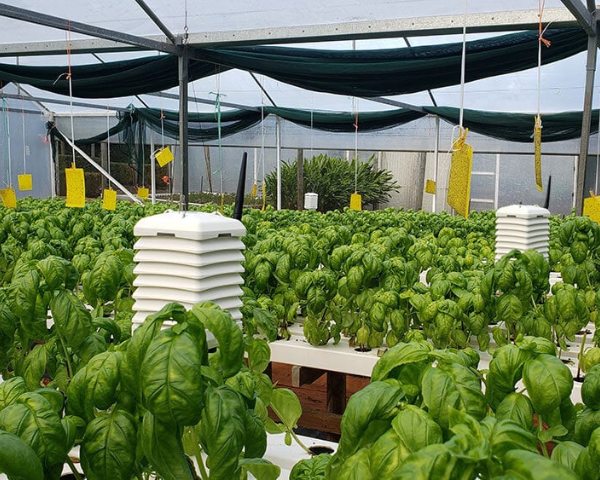
Growers require frequent and detailed climate data and crop status visibility to get the best from...

Lotte Bayly shares about her career journey, navigating gender bias, and her views on gender...

The future of farming may be indoors. We know that’s already happening for tomatoes and leafy...

Frost devastates blueberry crops, leading to significant economic losses. By harnessing digital...
Champions of crop management.
Giving protected growers the power to make better crop management decisions and optimize crop outcomes.
Solutions
Customers
©2024 WayBeyond. All Rights Reserved.